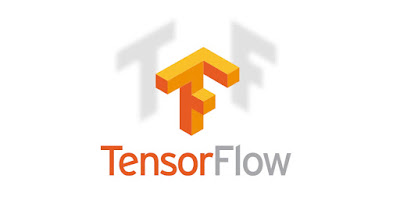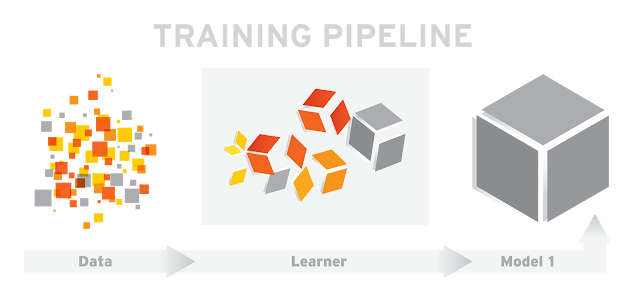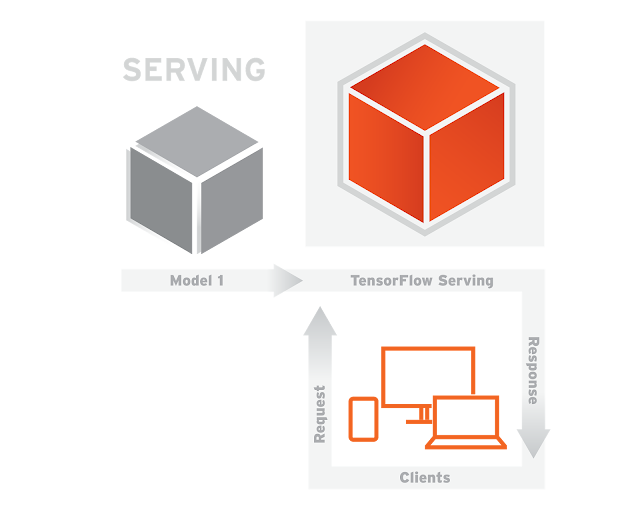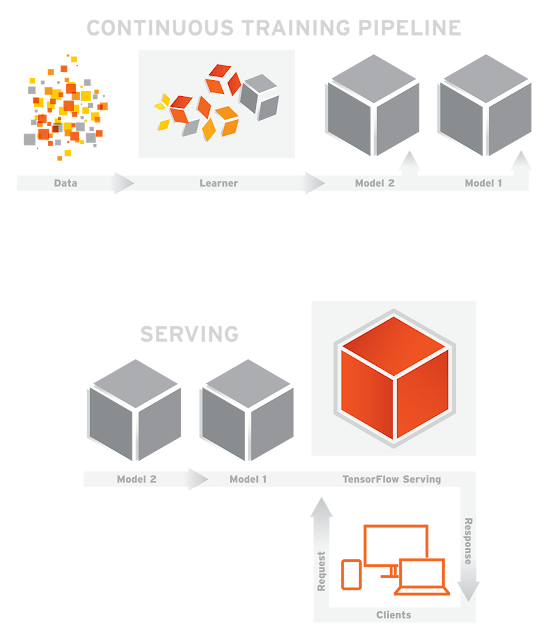Every day, people rely on a wide variety of sources to stay informed -- from news stories to social media posts to search results. Being able to develop Machine Learning models that can automatically deliver accurate summaries of longer text can be useful for digesting such large amounts of information in a compressed form, and is a long-term goal of the Google Brain team.
Summarization can also serve as an interesting reading comprehension test for machines. To summarize well, machine learning models need to be able to comprehend documents and distill the important information, tasks which are highly challenging for computers, especially as the lengths of the documents increases.
In an effort to push this research forward, we’re open-sourcing TensorFlow model code for the task of generating news headlines on Annotated English Gigaword, a dataset often used in summarization research. We also specify the hyper-parameters in the documentation that achieve better than published state-of-the-art on the most commonly used metric as of the time of writing. Below we also provide samples generated by the model.
Extractive and Abstractive summarization
One approach to summarization is to extract parts of the document that are deemed interesting by some metric (for example, inverse-document frequency) and join them to form a summary. Algorithms of this flavor are called extractive summarization.
Original Text: Alice and Bob took the train to visit the zoo. They saw a baby giraffe, a lion, and a flock of colorful tropical birds.
Extractive Summary: Alice and Bob visit the zoo. saw a flock of birds.Above we extract the words bolded in the original text and concatenate them to form a summary. As we can see, sometimes the extractive constraint can make the summary awkward or grammatically strange.
Another approach is to simply summarize as humans do, which is to not impose the extractive constraint and allow for rephrasings. This is called abstractive summarization.
Abstractive summary: Alice and Bob visited the zoo and saw animals and birds.In this example, we used words not in the original text, maintaining more of the information in a similar amount of words. It’s clear we would prefer good abstractive summarizations, but how could an algorithm begin to do this?
About the TensorFlow model
It turns out for shorter texts, summarization can be learned end-to-end with a deep learning technique called sequence-to-sequence learning, similar to what makes Smart Reply for Inbox possible. In particular, we’re able to train such models to produce very good headlines for news articles. In this case, the model reads the article text and writes a suitable headline.
To get an idea of what the model produces, you can take a look at some examples below. The first column shows the first sentence of a news article which is the model input, and the second column shows what headline the model has written.
Input: Article 1st sentence | Model-written headline |
metro-goldwyn-mayer reported a third-quarter net loss of dlrs 16 million due mainly to the effect of accounting rules adopted this year | mgm reports 16 million net loss on higher revenue |
starting from july 1, the island province of hainan in southern china will implement strict market access control on all incoming livestock and animal products to prevent the possible spread of epidemic diseases | hainan to curb spread of diseases |
australian wine exports hit a record 52.1 million liters worth 260 million dollars (143 million us) in september, the government statistics office reported on monday | australian wine exports hit record high in september |
Future Research
We’ve observed that due to the nature of news headlines, the model can generate good headlines from reading just a few sentences from the beginning of the article. Although this task serves as a nice proof-of-concept, we started looking at more difficult datasets where reading the entire document is necessary to produce good summaries. In those tasks training from scratch with this model architecture does not do as well as some other techniques we’re researching, but it serves as a baseline. We hope this release can also serve as a baseline for others in their summarization research.






















